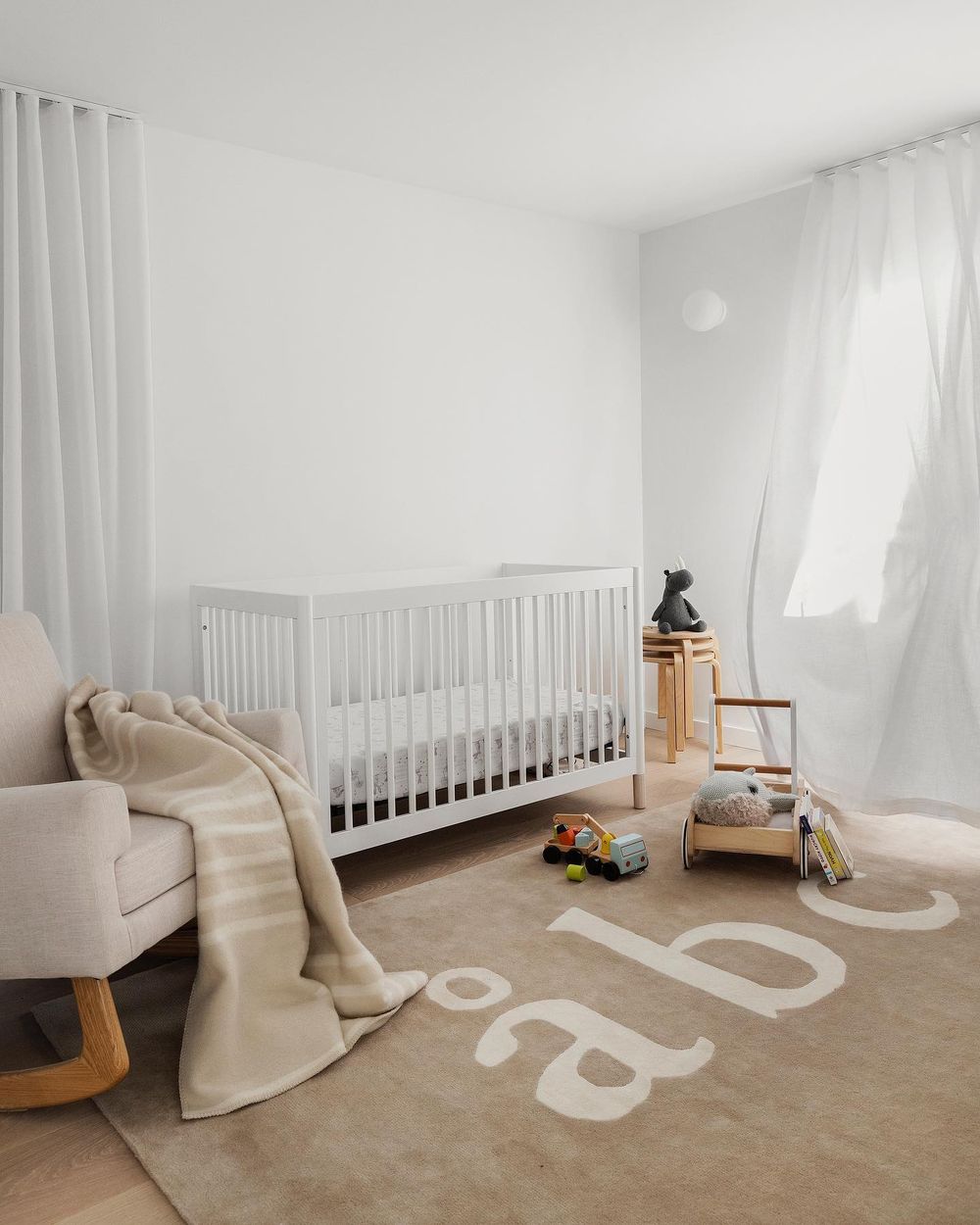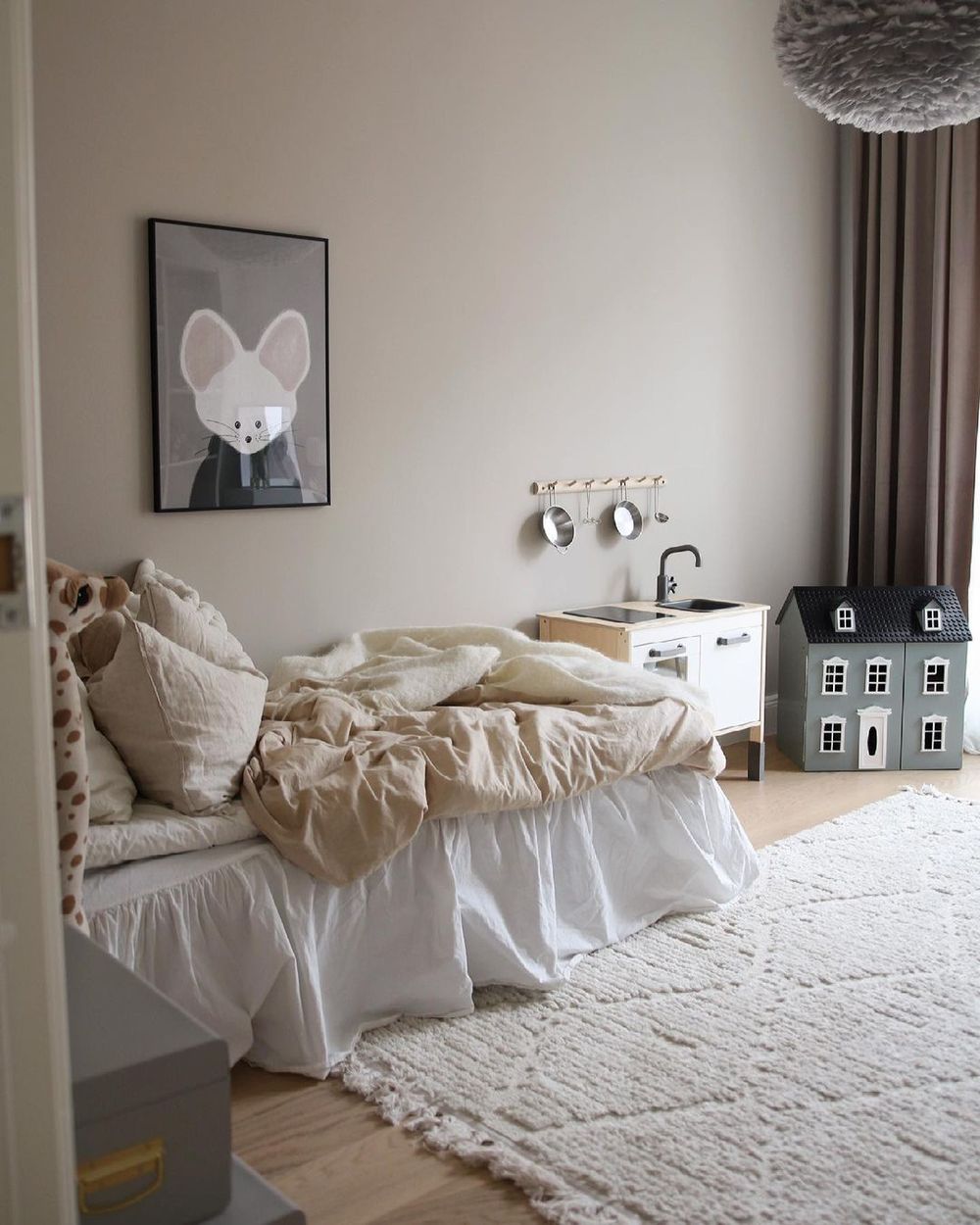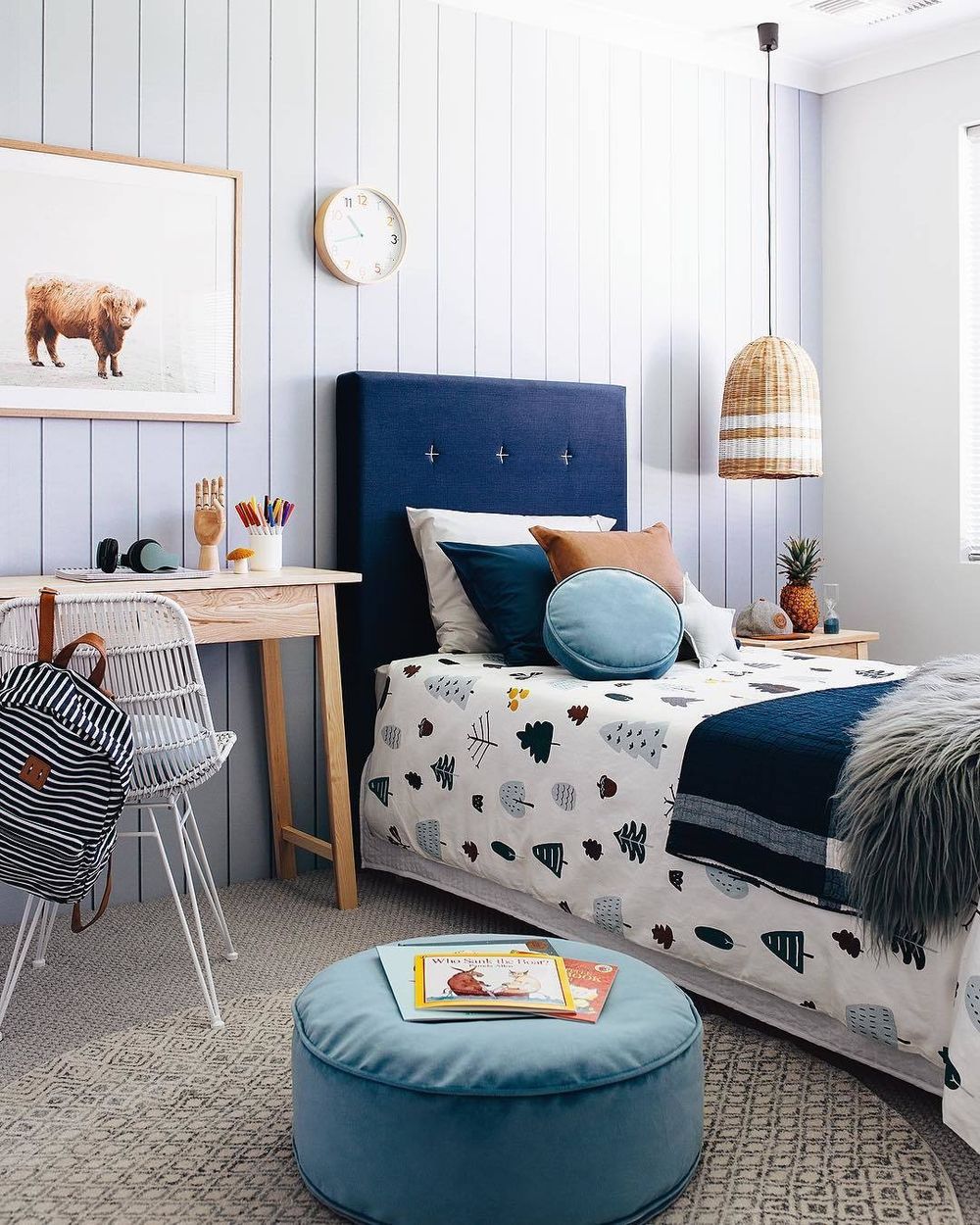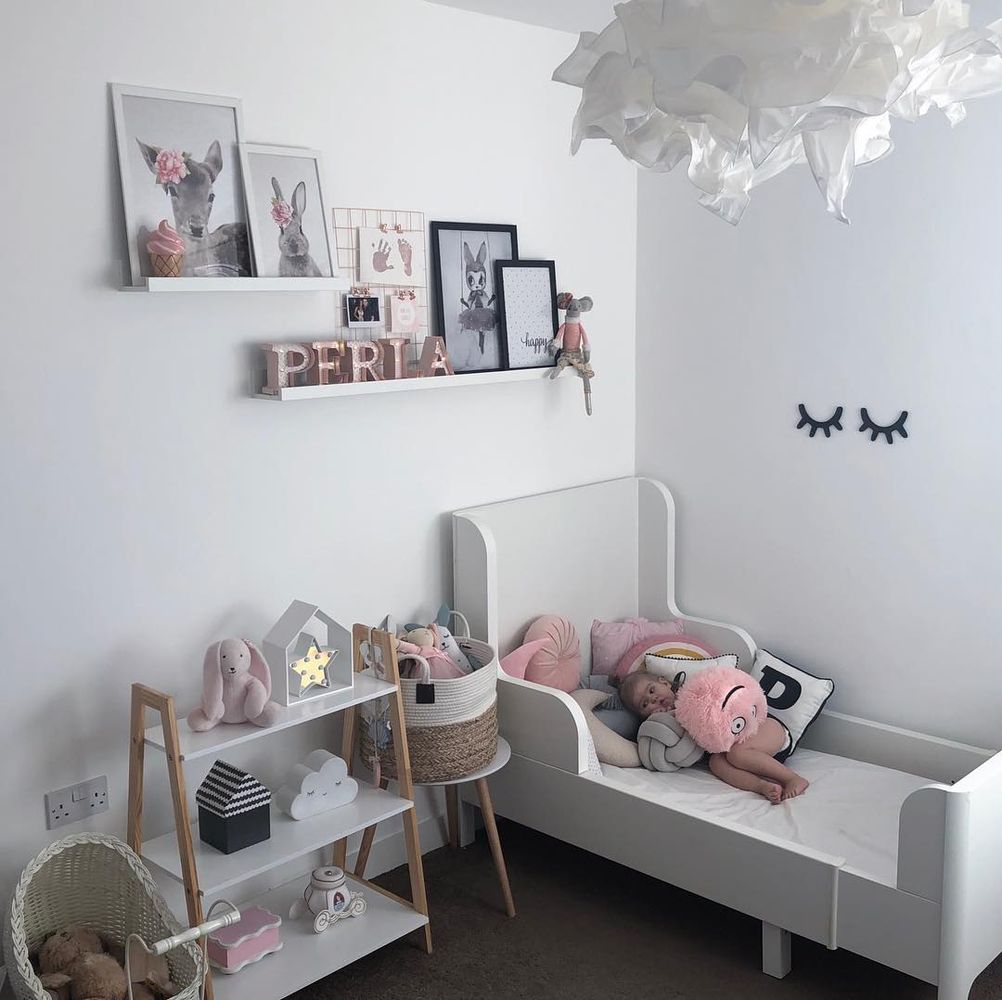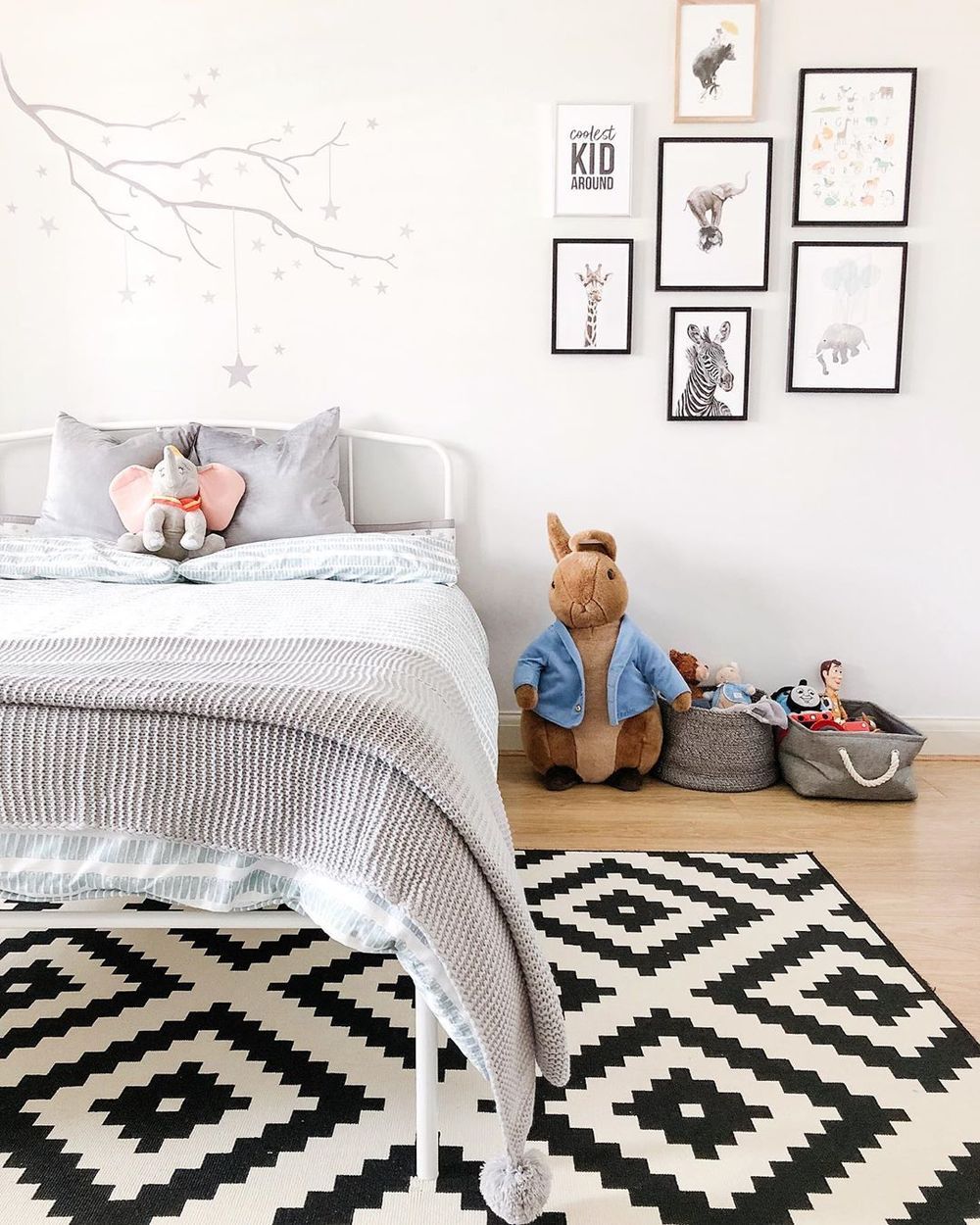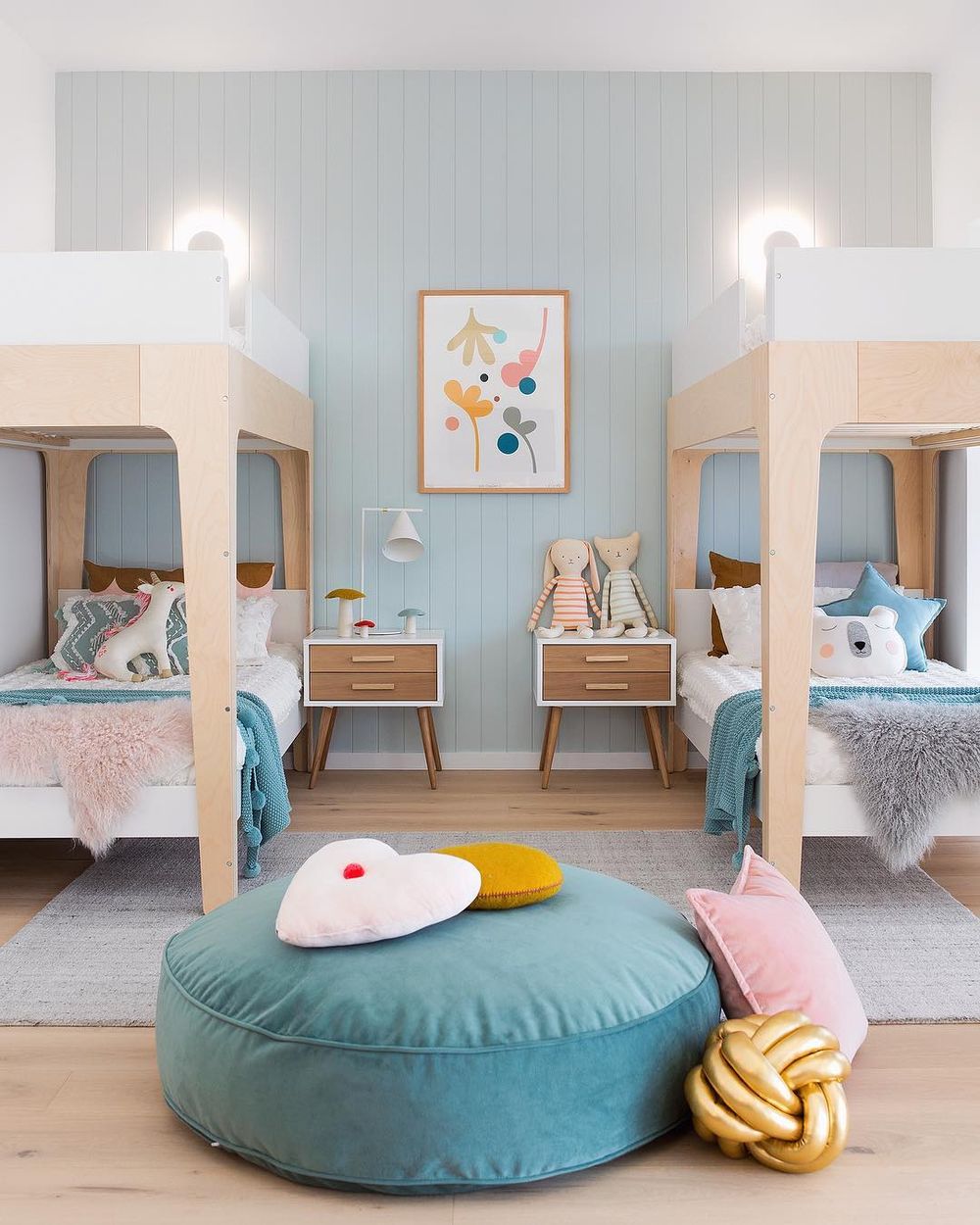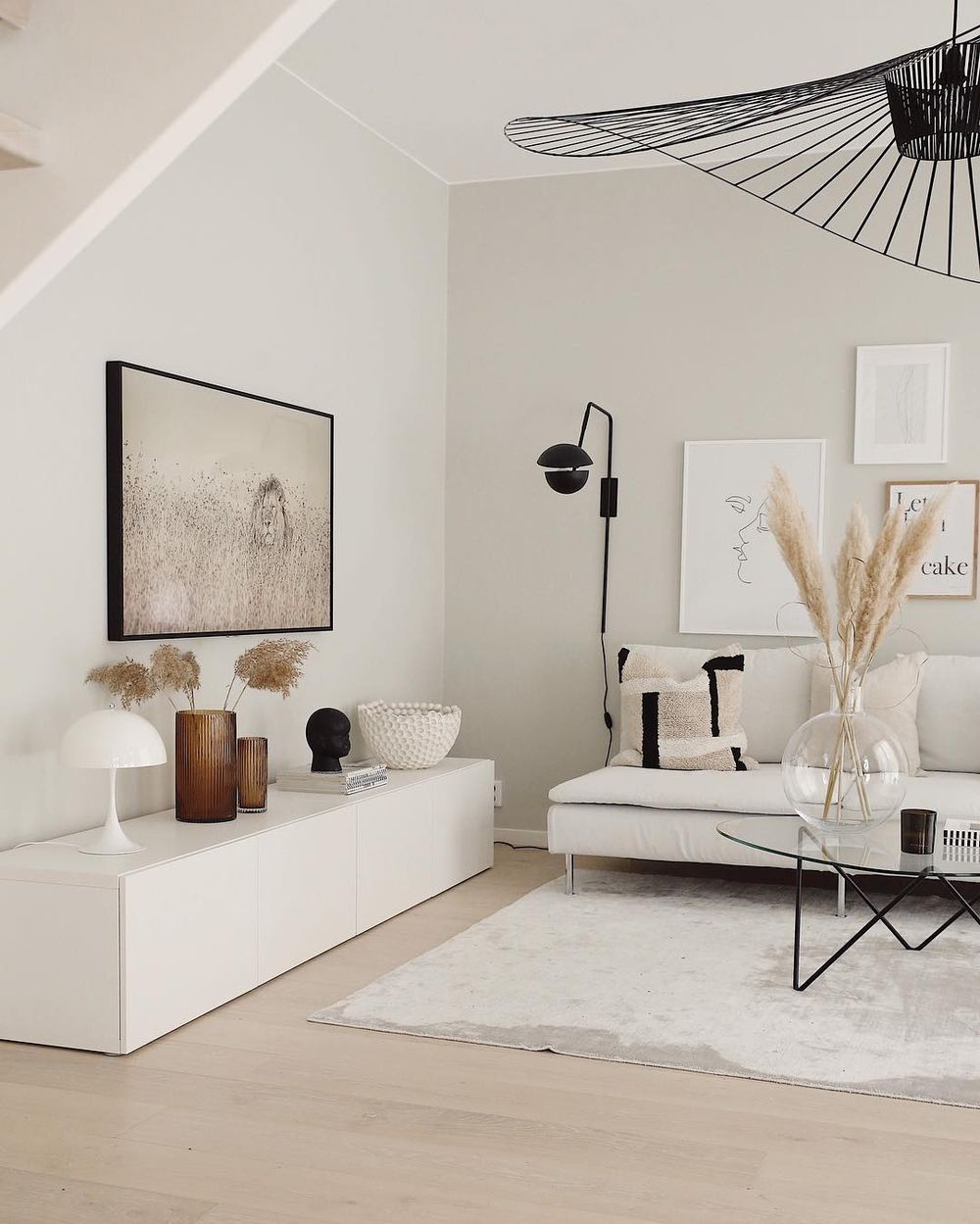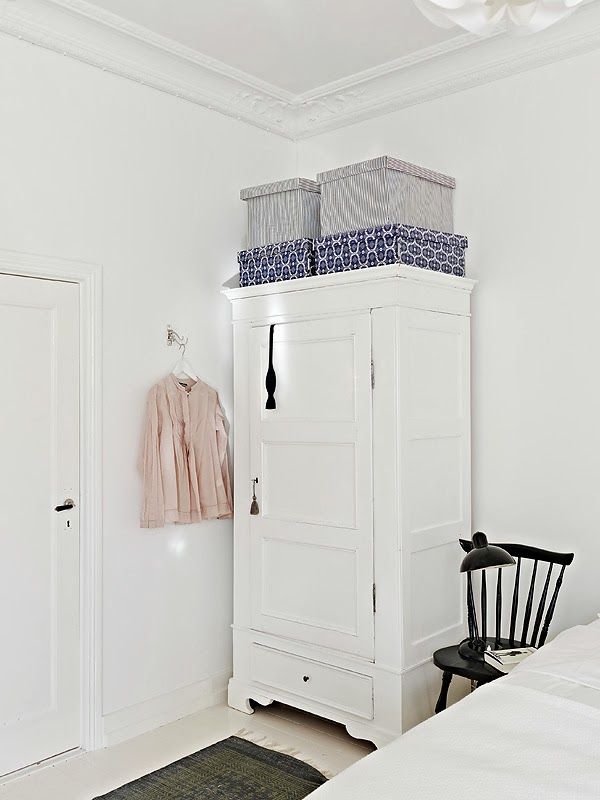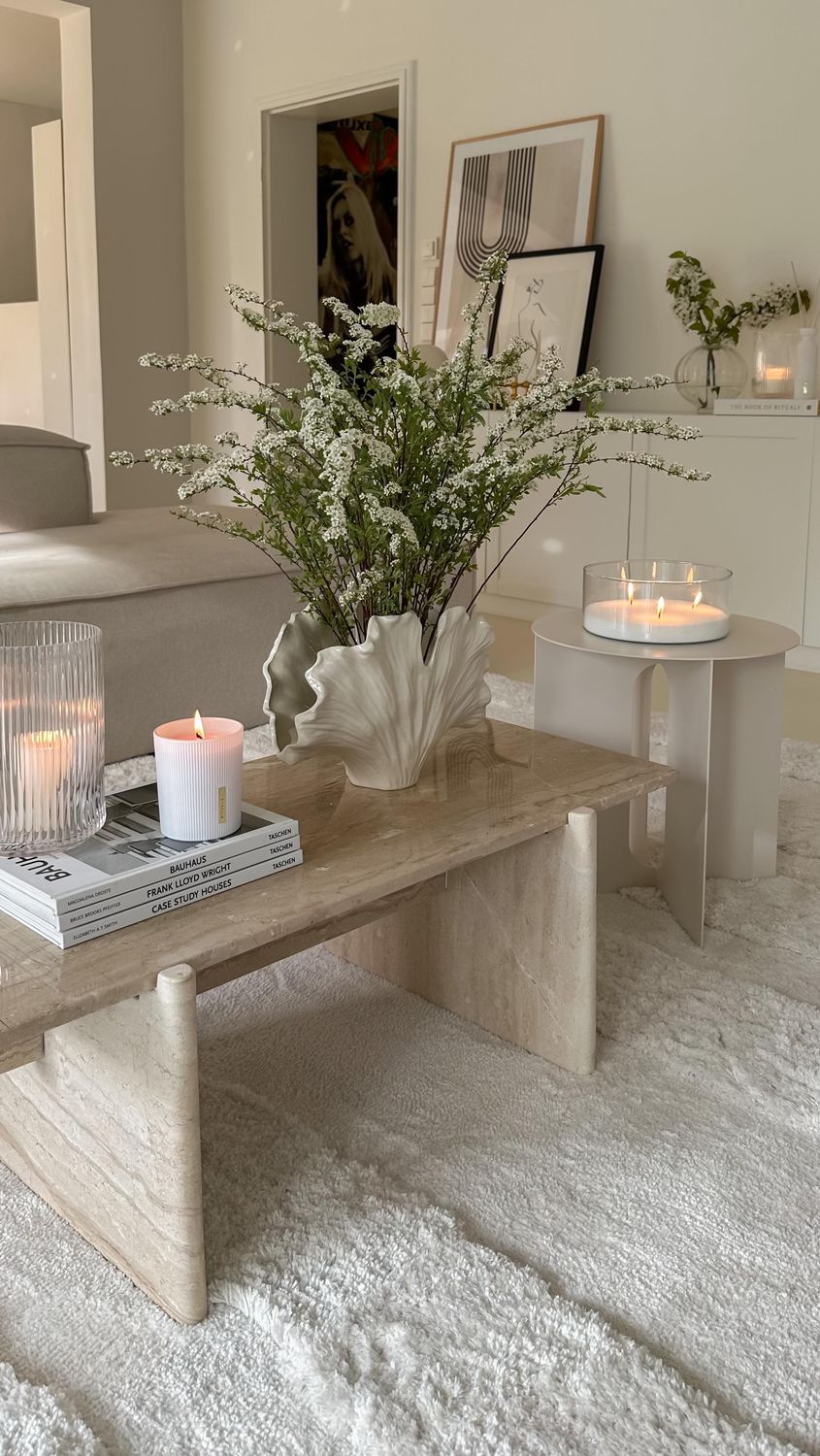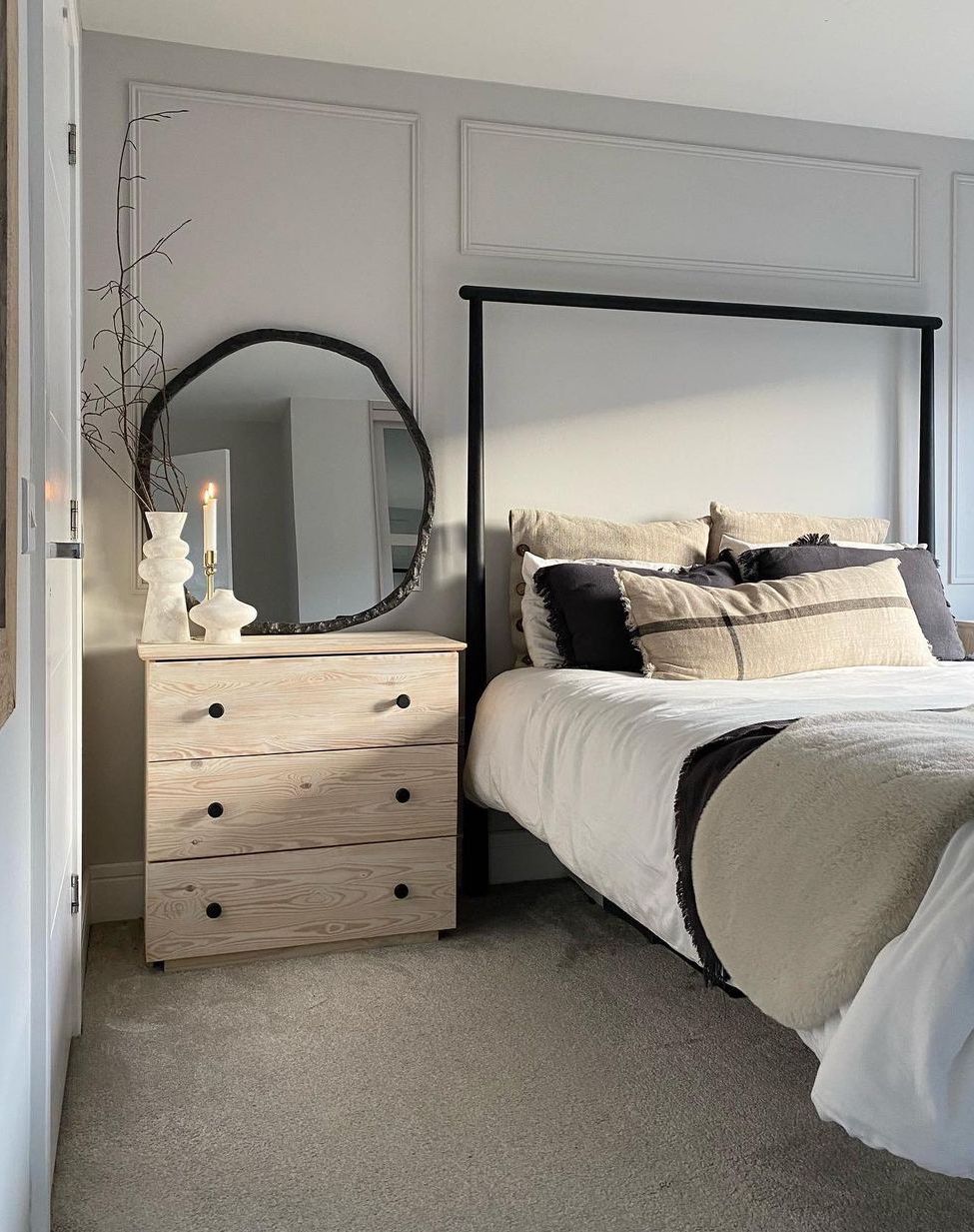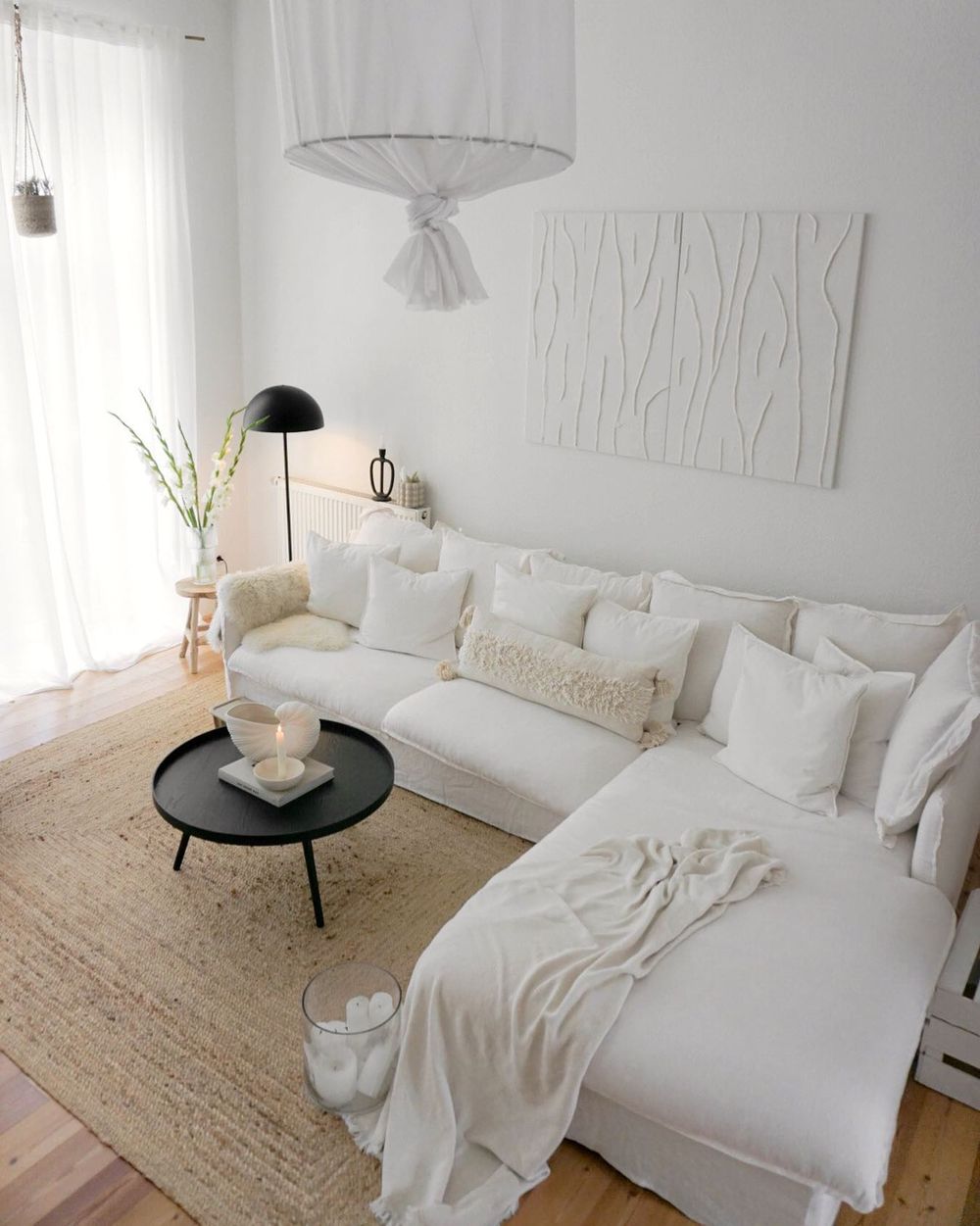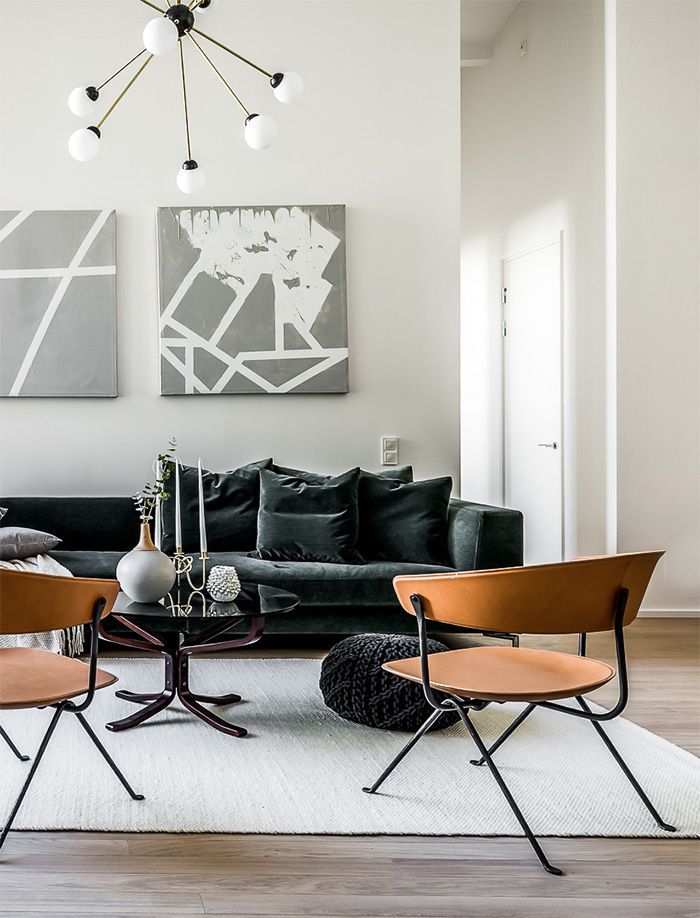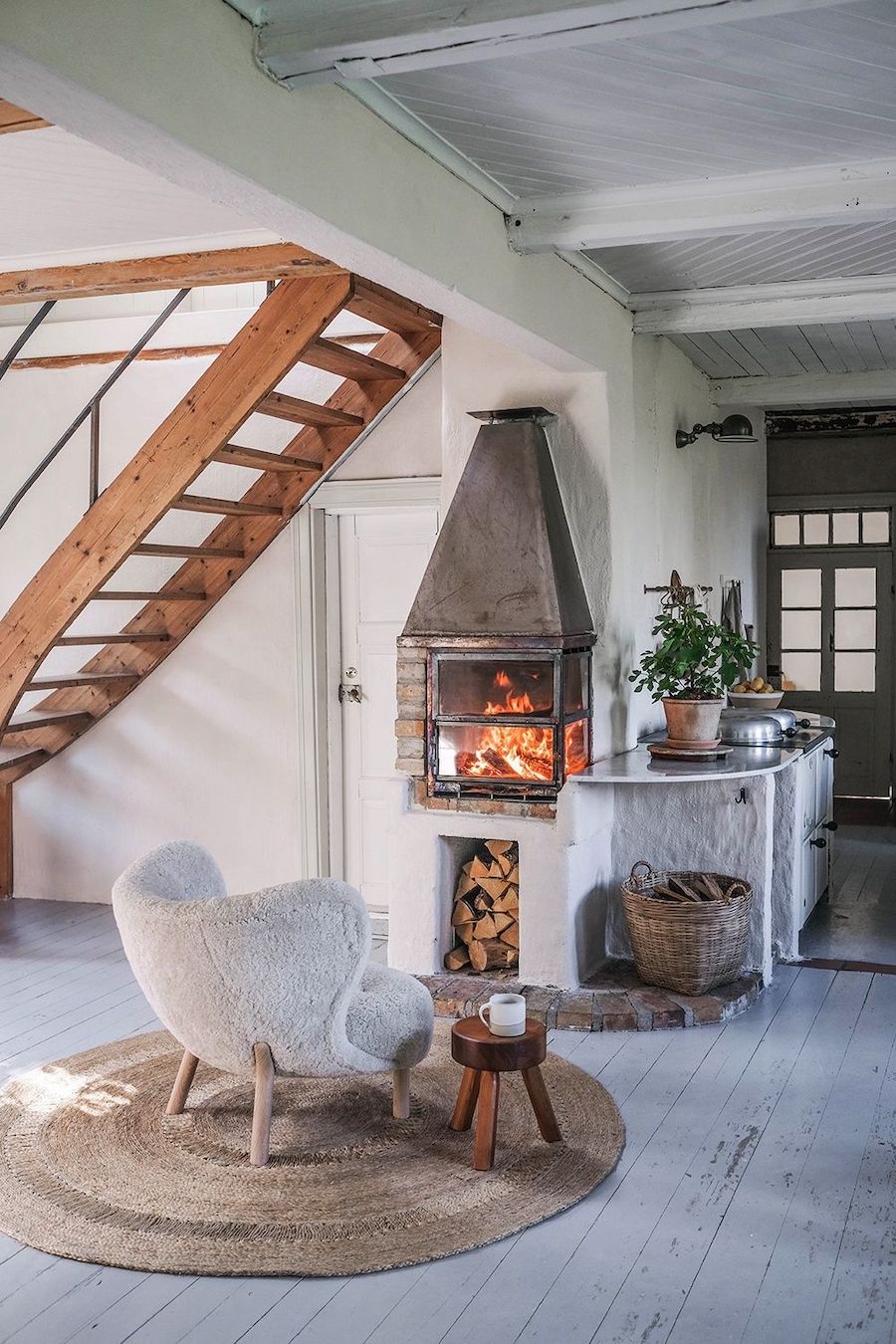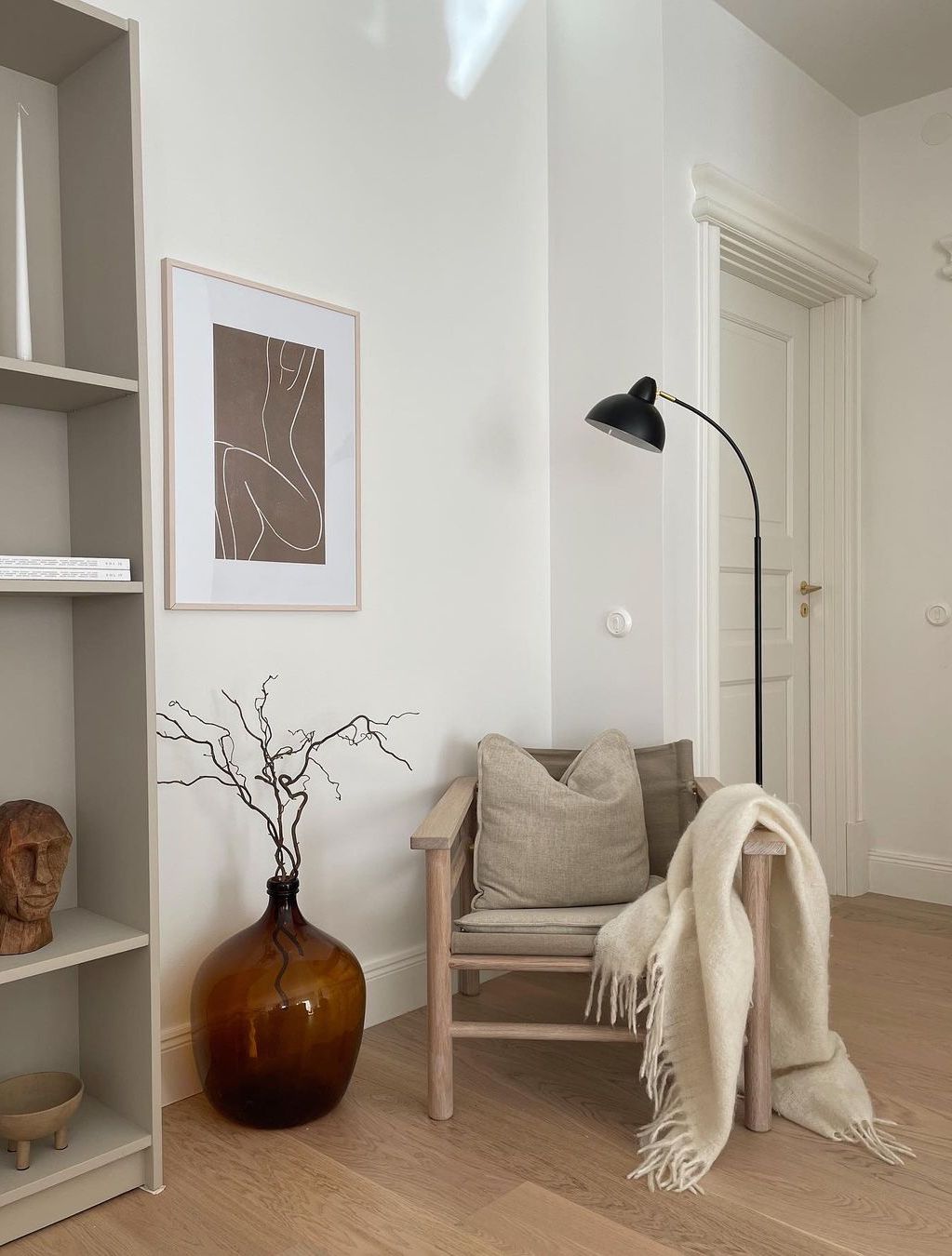In the world of interior design, few styles evoke a sense of serenity and coziness as effortlessly as Scandinavian design. And what better way to bring this aesthetic into your home than by creating a Scandinavian-inspired kids’ room that’s both functional and adorable? From the soft, muted color palette to the clever use of natural textures and minimal ornamentation, Scandinavian design is all about creating a space that’s both calming and stimulating for young minds. In this article, we’ll explore the key elements that make Scandinavian kids’ rooms so enchanting, and provide you with the inspiration and know-how to create your own little haven for your little ones.
Key Characteristics of Scandinavian Design in Kids’ Rooms
Scandinavian design in kids’ rooms is characterized by its emphasis on functionality, minimalism, and a connection to nature, which together create a nurturing and inspiring environment for children. One of the key features is the use of light, neutral color palettes that promote a sense of calm and tranquility, often accented with playful pops of color through toys, textiles, and artwork.
Furniture design plays a crucial role, focusing on simplicity and practicality; many pieces are multi-functional, allowing for efficient use of space while also catering to the various needs of growing children. Natural materials like wood are prominently featured, not only for their aesthetic appeal but also for their warmth and durability, ensuring that the space remains inviting and resilient over time.
Additionally, Scandinavian design often incorporates elements that spark creativity and imagination, such as whimsical shapes, modular furniture, and customizable decor, allowing for personalization that reflects the child’s personality. Finally, an emphasis on incorporating natural light and maintaining a connection to the outdoors is prevalent, with large windows and airy layouts that encourage children to engage with their surroundings, fostering a harmonious balance between indoor comfort and the beauty of nature.
Color Palettes: Embracing Soft Neutrals and Pastels
Color palettes play a crucial role in shaping the atmosphere of Scandinavian kids’ rooms, where the trend leans towards embracing soft neutrals and pastels. This aesthetic not only creates a serene environment but also reflects the simplicity and functionality synonymous with Scandinavian design.
Soft shades of beige, gray, and cream form a calming backdrop, providing a versatile canvas that can adapt as the child’s tastes evolve. These neutrals are often complemented by pastel hues such as muted pinks, gentle blues, and pale greens, which introduce a playful yet sophisticated contrast, perfect for sparking creativity without overwhelming the senses. The combination of these soothing colors helps to foster a sense of tranquility, encouraging concentration and relaxation—essential qualities for any child’s space.
Moreover, the soft palette works harmoniously with natural materials commonly found in Scandinavian design, such as light woods and organic textiles, enhancing the overall warmth and inviting atmosphere of the room. By selecting this approach, parents can create a cozy sanctuary that not only meets the practical needs of their children but also embodies the essence of timeless Scandinavian style.
Functional Furniture: Multi-Use and Space-Saving Solutions
Functional furniture plays a vital role in the design of Scandinavian kids’ rooms, where space optimization and practicality are key considerations. In a style that emphasizes simplicity and minimalism, Scandinavian design offers a wealth of multi-use and space-saving solutions that cater to the dynamic needs of children. From beds that convert into play areas to desks that fold away when not in use, these innovative pieces allow for flexible layouts that can adapt to a child’s growth and activities.
For instance, loft beds create vertical space by freeing up the floor beneath for additional play or storage options, while modular shelving units can evolve alongside a child’s changing interests and collections. Moreover, the use of lightweight, movable furniture enhances the versatility of the space, enabling quick reconfigurations for playdates or study sessions. With a focus on quality craftsmanship and enduring aesthetics, functional furniture not only maximizes efficiency but also contributes to a nurturing environment that fosters creativity and independence in young minds. In a well-designed Scandinavian kids’ room, every piece serves a purpose, making it both a beautiful and practical sanctuary for children to explore and thrive.
Incorporating Natural Elements: Wood, Fabrics, and Textures
Incorporating natural elements such as wood, fabrics, and textures is essential in creating a warm and inviting Scandinavian kids’ room. Wood plays a pivotal role in Scandinavian design, often used in furniture and flooring to give a sense of warmth and connection to nature. Light-colored woods like birch and pine are particularly popular, as they enhance the airy and spacious feel that is characteristic of this style.
Choosing wooden beds, shelves, and play furniture not only adds functionality but also instills a sense of durability and timelessness. To complement the wood, incorporating soft fabrics is crucial. Textiles in gentle, muted tones—whether in bedding, curtains, or cushions—help create a cozy atmosphere. Natural fibers like cotton, linen, and wool are ideal choices, offering comfort while being breathable and soft for little ones. The use of organic patterns and subtle prints can also inject a playful element into the space without overwhelming it.
Finally, layering different textures can add depth and interest. Combining smooth wooden surfaces with plush rugs and knitted throws creates a tactile environment that stimulates a child’s senses. The harmonious blend of these natural elements fosters a serene and nurturing environment, promoting both creativity and relaxation in a Scandinavian kids’ room.
Creative and Playful Design Elements
In Scandinavian kids’ rooms, creative and playful design elements are essential in creating a space that is both functional and inspiring. The emphasis on simplicity and minimalism characteristic of Scandinavian design beautifully integrates with whimsical decor and playful accents. Bright, cheerful colors often punctuate the neutral palettes, providing a vibrant contrast that stimulates creativity and joy.
Consider incorporating unique furniture pieces like a tree-shaped bookshelf or animal-shaped stools, which not only serve a practical purpose but also add an element of fun. Wall art that features fantastical creatures or imaginative scenes can fire the imagination of little ones, while soft textiles in playful patterns add comfort and warmth.
Additionally, interactive features such as chalkboard walls or toy storage solutions that double as play areas encourage kids to engage with their environment, promoting both creativity and organization. By balancing aesthetics with functionality, Scandinavian kids’ rooms can become dynamic spaces that foster learning and play, cultivating an atmosphere where children can thrive.
Inspiration from Nature: Bringing the Outdoors In
Inspiration from nature is a cornerstone of Scandinavian interior design, particularly when it comes to creating serene and stimulating environments for children’s rooms. Scandinavians have long embraced the natural landscapes surrounding them, and this appreciation is beautifully reflected in the interior spaces they design. For children’s rooms, this means bringing elements of the outdoors inside, fostering a connection with nature that can inspire creativity and provide a calming atmosphere. Incorporating natural materials such as wood, rattan, and organic textiles not only adds warmth to the space but also creates a tactile experience that children can engage with.
Soft color palettes found in nature, like muted greens, earthy browns, and gentle blues, can be used on walls, furniture, and decor, evoking the soothing beauty of the Scandinavian landscape. Additionally, incorporating elements such as plants or nature-themed artwork can enhance the connection to the outdoors while promoting a sense of tranquility. Outdoor-inspired motifs, whether through patterned bedding or playful wall decals, can further foster an appreciation for nature in children, making their rooms a nurturing space where everyday adventures can spark their imaginations. Ultimately, blending nature into the design of children’s rooms not only aligns with Scandinavian principles of simplicity and functionality but also nurtures a lifelong bond with the environment.
Tips for Personalizing Scandinavian Kids’ Rooms
When personalizing Scandinavian kids’ rooms, it’s essential to embrace the core principles of Scandinavian design—simplicity, functionality, and a connection to nature—while infusing the space with personal touches that reflect your child’s unique personality.
Start by selecting a neutral color palette, typically characterized by whites, grays, and soft pastels, as this will create a serene backdrop that allows for more vibrant accents. Incorporate elements that resonate with your child’s interests, such as artwork or wall decals that showcase their favorite animals, cartoons, or hobbies. Personalized bedding featuring their name or initials can add a charming, individualized touch to their sleeping area.
Additionally, consider using modular and adjustable furniture, such as beds with built-in storage or desks that adapt as your child grows; this not only maximizes space but also allows for personalization over time as needs change. To strengthen the connection to nature, include plants or natural materials in the decor, such as wooden toys or woven baskets, which can be functional and decorative.
Soft textiles like rugs and cushions can also introduce color and comfort, making the room feel inviting. Finally, encourage your child’s involvement in the decorating process, whether through choosing decor items or arranging furniture; this not only fosters a sense of ownership over their space but also creates a nurturing environment where their individuality can shine.
